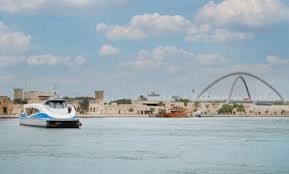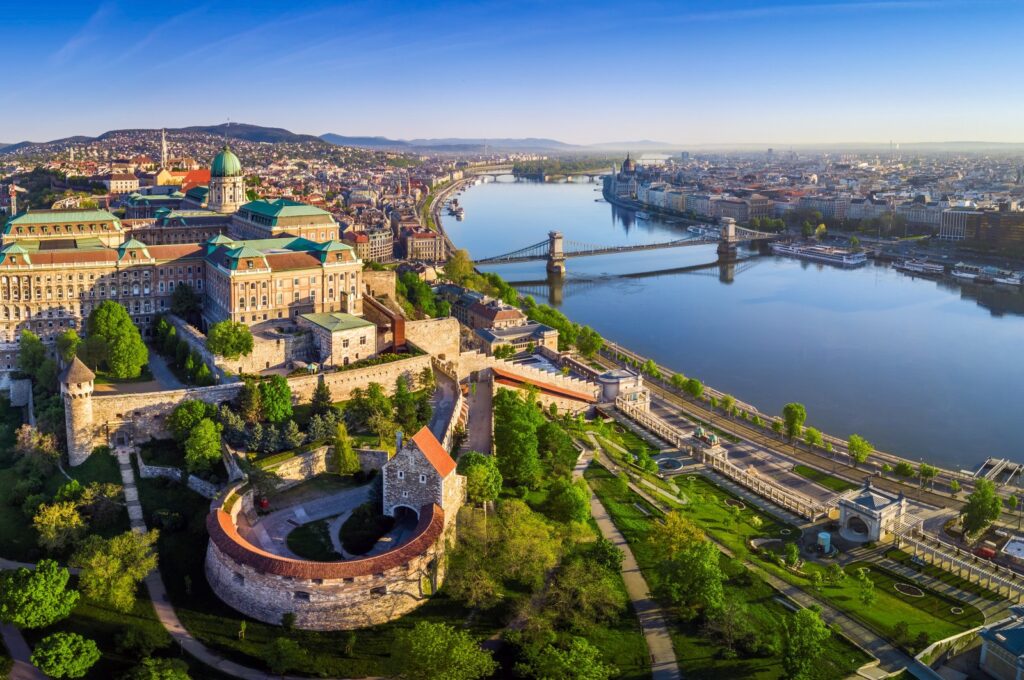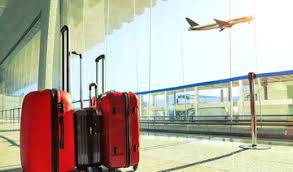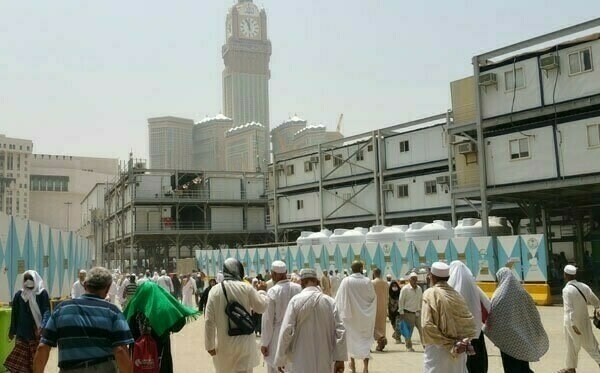
Anthony Ham
If you stand on the northernmost tip of Bird Island, it can feel like you’re looking at eternity: there is ocean as far as the eye can see. The effect is similar when you snorkel off the same shore; not far out from the beach, the Earth plunges away into a dark oceanic abyss hundreds, then thousands, of metres deep. The feeling is akin to vertigo.
Bird Island is the most northern isle of the Seychelles’ 115-island archipelago. It sits on the outer rim of the vast, undersea Mascarene Plateau, an extraordinary uplift of mid-ocean shallow water that covers an area larger than Portugal. The plateau begins at Bird Island and continues south for 2,000km, running almost the length of Madagascar. In the other direction, north of Bird, the Indian Ocean is deep, wide and uninterrupted by any landfall all the way to the Arabian Peninsula.
Bird Island’s geography alone makes its story worth telling. But in the past half-century, Bird tells a parallel story of natural renewal, one almost without peer in the world of birds. And it all has to do with the ultimate contradiction: Bird was once a tropical island with too many palm trees.

The island was described as “covered with birds innumerable” when it was first discovered (Credit: Wolfgang Kaehler/Getty Images)
Bird Island first entered the historical record in 1771 when the captain of a passing trading ship, The Eagle, described the island as “covered with birds innumerable” and with “many sea cows (dugongs) on the beach”. He named it Bird Island. Thirty-seven years later, in 1808, the French privateering ship Hirondelle ran aground on a reef off Bird’s north-eastern coast. Half of the 180 people on board died; the other half made it to Bird Island.
They survived in part because it was September, when the island is filled with birds – a much-needed source of food. Even so, after 22 days, with limited water and with no prospect of rescue, six of the sailors set out on a makeshift raft for Mahé, the largest island in the Seychelles archipelago 100km south of Bird, and the shipwreck survivors were subsequently saved.
For the next 150 years, very little happened on Bird. One enterprising farmer tried to grow papaya, cotton and coconuts; only the coconuts brought in any real income. In 1882, a passing British ship found two Africans living on the island, salting fish and birds in what must have been the loneliest of existences. In the decade following 1895, Bird exported nearly 20,000 tons (20 million kg) of guano (bird droppings) as fertiliser to the sugarcane growers of Mauritius. At the time, 100 people lived on the island. There has never been a town on Bird and the only people living on the island were those working there. Whenever trade dried up or crops failed, the workers left, leaving the island nearly deserted.
By the 1950s, only a handful of people remained, coconut groves entirely covered the island and the breeding colony of sooty terns had fallen from more than a million pairs to barely 18,000 because there were no restrictions on eating the birds and the proliferation of coconut trees meant that more birds were unable to nest.
Bird was once a tropical island with too many palm trees
When a Seychellois accountant named Guy Savy bought the island in 1967, world prices for copra (dried coconut) were in freefall. “We ran it as a normal coconut plantation,” said Savy, “until it became clear that there was more money in birds than in coconuts – that wildlife tourism was the future.”
Gambling on wildlife over coconuts was a pioneering move. Bird was the first of Seychelles’ smaller islands to go down that path. Making the bet even bolder was that, at the time, the only way to reach the country was on a monthly ship arriving from Bombay (now Mumbai) or Mombasa, Kenya. Back then, to get to Bird from the main island of Mahé, involved a 12-hour boat ride.
But everything was about to change. In 1972, Seychelles finally got its first international airport. By the time it opened, Savy had finished Bird Island’s own airstrip in readiness. The following year, the island welcomed its first tourists with 10 chalets, rising to 24 a few years later. Savy completed a new lodge in 1993.

Today 24 giant tortoises also live on Bird Island (Credit: Wolfgang Kaehler/Getty Images)
In particular, visitors to the island fell in love with Esmeralda: a giant male Aldabra tortoise with a nearly 2m long. He entered the Guinness Book of Records in 1989 as the world’s heaviest tortoise, weighing in at 298kg. According to local legend, Esmeralda was born in the 1780s and arrived on Bird Island aboard the shipwrecked Hirondelle in 1808. If true, that would make Esmeralda nearly 220 years old, meaning he has been alive for almost as long as there have been people living in Seychelles.
Those fortunate enough to visit Bird Island could – and still can – also see green and hawksbill turtles, as well as the 23 other giant tortoises who live on the island.
But the real focus is the birds. When Savy bought the island, there were 15,000 nesting pairs of sooty terns – sleek, black-winged birds with an affecting black eye stripe. Sooty terns are remarkable birds. They have no oil in their feathers and are, therefore, unable to float. Most sooty terns only land when nesting and rearing their young. At Bird Island, that’s from April or May to October.
“Between seasons, they spend the whole time on the wing: they do not return to land to roost or to rest,” said Rachel Bristol, an expert in sooty terns with extensive experience of Bird Island and its breeding colonies; she is currently collaborating with the Max Planck Institute of Animal Behaviour to track around 250 sooty terns. “They obviously do sleep, but they probably sleep for short bursts frequently while flying, and may be able to shut down the two halves of the brain separately so that they are always aware of what is around them.” Just as incredibly, she said, “they can clearly spend years airborne: when they fledge, they possibly do not return to land until they reach breeding age, which is around five years old.”

Sooty terns need sandy soil to lay their eggs on the ground, which was hard to find when the island was covered in palm trees (Credit: Michel VIARD/Getty Images)
Sooty tern eggs have traditionally been considered a delicacy by the people of Seychelles, and, from the beginning, Savy prohibited anyone from eating the island’s birds and eggs. Because rabbits and rats wreak havoc on these ground-nesting birds, his team eradicated them. Crucially, they also discovered that, because they need open, sandy soil on which to lay their eggs, sooty terns could not nest beneath the coconut palm trees, of which there were far too many on Bird. Savy cleared the coconut trees from the island’s north.
Almost immediately, the sooty terns returned: in season, there are now an estimated 350,000 breeding pairs, although the number has reached 500,000 in the past. The sooty terns on Bird nest, says Bristol, at a density of seven nests per square metre, spread across the 13-hectare breeding colony. Bird Island is now one of the world’s largest bird breeding colonies – and, said Bristol, one of the most important and best-managed such colonies anywhere in the Seychelles archipelago.
With so many sooty terns on an island that covers less than 1 sq km of land, it’s easy to imagine that there would be little room for anything else. But the island’s portfolio of resident and migrant avifauna is rich and varied and includes terns and tropicbirds, plovers and ruddy turnstones, shearwaters and even a resident population of the handsome Seychelles blue pigeon. Even the island’s shape resembles a bird: if you look at a satellite image of Bird Island, it resembles in outline a coquettish dove adrift in the Indian Ocean. And so rich is the birdlife here that Bird took on a starring role in two episodes of Sir David Attenborough’s classic The Life of Birds, broadcast in 1998 and 1999.
It can feel like stepping into one of those episodes when you travel to Bird.

Sooty terns seem to sleep in short bursts while flying, and only land when nesting or caring for young (Credit: Paul & Paveena Mckenzie/Getty Images)
It takes just half an hour to get between Mahé and Bird Island by plane. But they are worlds apart. Mahé is quite densely populated with plenty of modern infrastructure. On Bird, there are no motorised vehicles and the airstrip must be checked for tortoises before planes receive permission to land.
It can be tempting to remove your shoes as you deplane on Bird, tuck them away in your suitcase and not put them back on again until it’s time to depart. This is a place to feel the sand between your toes, to walk beneath the casuarina trees in the island’s south or amid the remaining coconut palms that shade the walking trails of the interior. Birding is an essential part of the experience, with someone from Bird Island Resort always on hand to help you identify what you’re seeing. Best of all, there is nothing to stop you from walking all the way around the island – it only takes an hour – without leaving the beach. The only interruptions will likely be frequent stops for a swim, a snorkel or to gaze out to sea and the infinite horizon.
Coral is everywhere: under the water; under the sand. “It’s a coral cay, as opposed to a granite or volcanic island like many of the other islands in Seychelles,” said Savy. “The prevailing winds come from the south-east, and over thousands of years they have pushed the coral over the island – that’s how the island was created. If you dig down anywhere on the island, you won’t find rocks. You find coral.”
Birding is an essential part of the experience, with someone from Bird Island Resort always on hand to help you identify what you’re seeing
Travellers who visit between April and October will also hear the birds before they see them. The terns’ gull-like clamour is a constant soundtrack, a reassuring evocation of remote ocean shores and deserted tropical beaches. But with darkness comes silence and more stars in the night sky than you ever knew existed.
Stay for long enough and you can almost feel the stress and noise of the human world ebbing away with the waves.
Unlike other Seychelles islands, which have exclusive, luxury resorts, Savy and his team have gone for simplicity, for a fidelity to barefoot tourism with nature ascendant. There is in-room electricity and wifi, for example, but ocean breezes flood the rooms instead of air-con.
“We’ve always tried to keep things simple,” said Savy. “It’s a back-to-nature experience. We don’t compromise on that. We’ve never disturbed the island. We leave it alone and see what happens to it.”
Courtesy: BBC
The post A paradise with too many palm trees appeared first on The Frontier Post.








